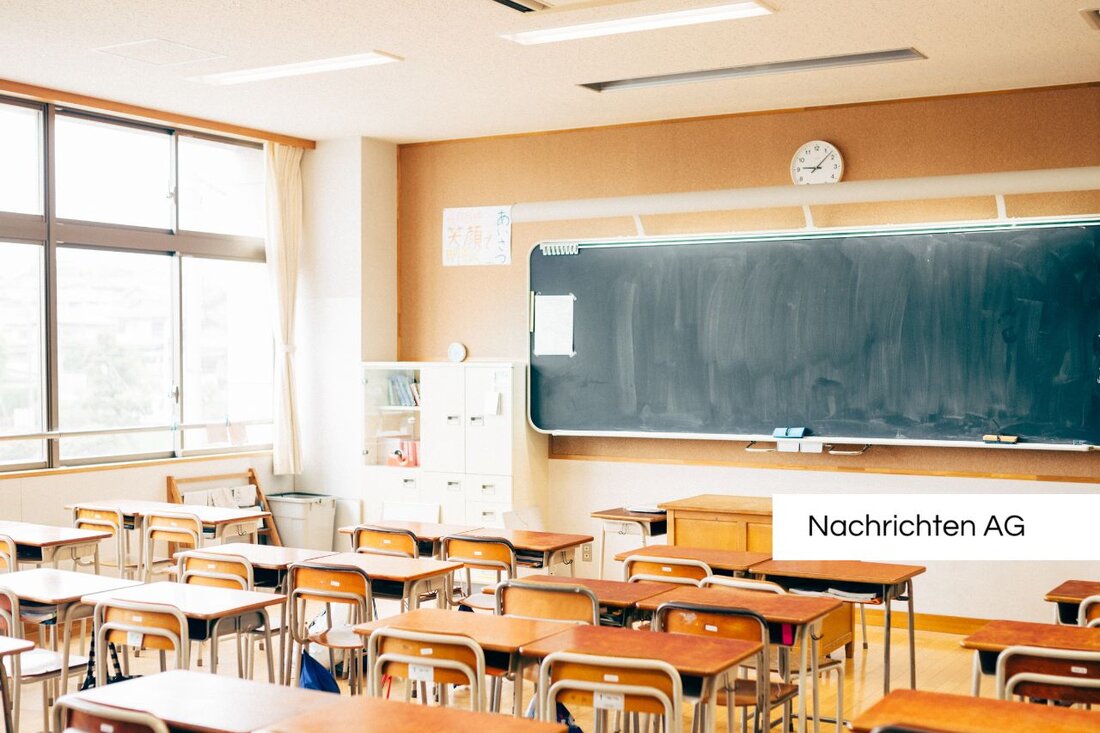From the language ban to diversity: Carinthian Slovenian over time
Discover the history and cultural developments in Völkermarkt and Bad Eisenkappel, from linguistic oppression to current celebrations.

From the language ban to diversity: Carinthian Slovenian over time
in Carinthia, especially in the regions around Bad Eisenkappel, the legacy of the Carinthian Slovenes can still be felt today. Brigitte "Breda" Županc, who was born in Leppen in 1943, looks back on an eventful childhood in which the Slovenian language was strongly suppressed. During the post -war period, German -speaking people were primarily found in Eisenkappel, while Leppe was considered a place where more Slovenian was spoken. "The times were hard. We were often afraid of commenting in our mother tongue", Županc recalls in a report by meinbezirk.at .
In the 1960s, Županc opened a women's clothing in Eisenkappel, which she ran until 1998. During this time, her tailoring was a popular starting point for numerous clubs that had traditional costumes and festive clothing made. "The community was great and the festivals bloomed," she continues. But despite these social gatherings, the Slovenian language was hardly noticeable in public space.
the cultural diversity and challenges
Life in and around Bad Eisenkappel was also shaped by many restaurants, where you can get together after work. "We had our meeting points, like the Gasthaus Koller or that better," said Županc. The social exchange was crucial, even if the children often had to go to school seven kilometers, where they were usually only taught German.
The cultural events, especially the traditional traditions and various clubs, have contributed to the fact that the Slovenian identity lives on to this day. "The acceptance of the Slovenian language has improved in recent years, but we are far from being at our goal," notes the cultural activist. The connection to the Slovenian language and culture is still a sensitive topic that makes waves. The place of town of the 1970s, in which there were severe conflicts by bilingual place signs, is a dark chapter in this story.
historical roots and current developments
The roots of the Carinthian Slovenes go back to the migration of peoples when the region was colonized by Slavic peoples. In the Saint-Germain Treaty, a referendum was agreed in 1920, which regulated Carinthia's belonging to Austria. On October 10, 1920, '59%'voted for Austria - an important event that still remember today.
The difficult situation of the Carinthian Slovenes has not changed fundamentally over the years. According to NZZ , the region suffers from the population and a tense economic climate that presents the local communities in front of challenges. Mayor Franz Josef Smrtnik emphasizes that a change in mentality in the direction of tourism is necessary to counter the shrinking population.
The current educational landscape is characterized by a lack of qualified teachers for Slovenian lessons, which further complicates the integration of Slovenian culture into society. The persecution and oppression during the Second World War left deep scars and the processing of the events remained inadequate.
The situation for the Carinthian Slovenes is a mixed picture. On the one hand, there are significant advantages through the EU, on the other hand, the high cost of living is troubled by many. As Zdravko Haderlap, a child of the "ditches" and today hiking guide, artist and mountain farmer, tries to show in a documentary, there are certainly approaches of sympathy and cooperation between the different groups.
The Coppla Casa, which has recently gained popularity, attracts numerous visitors and is a sign of growing interest in the cultural diversity of this region.
The challenges of the past and the current everyday life for the Carinthian Slovenes are still carefully pursued. While awareness of the Slovenian language and culture is greater, the feeling that the path to complete acceptance and integration must be a bit to go.

 Suche
Suche
 Mein Konto
Mein Konto